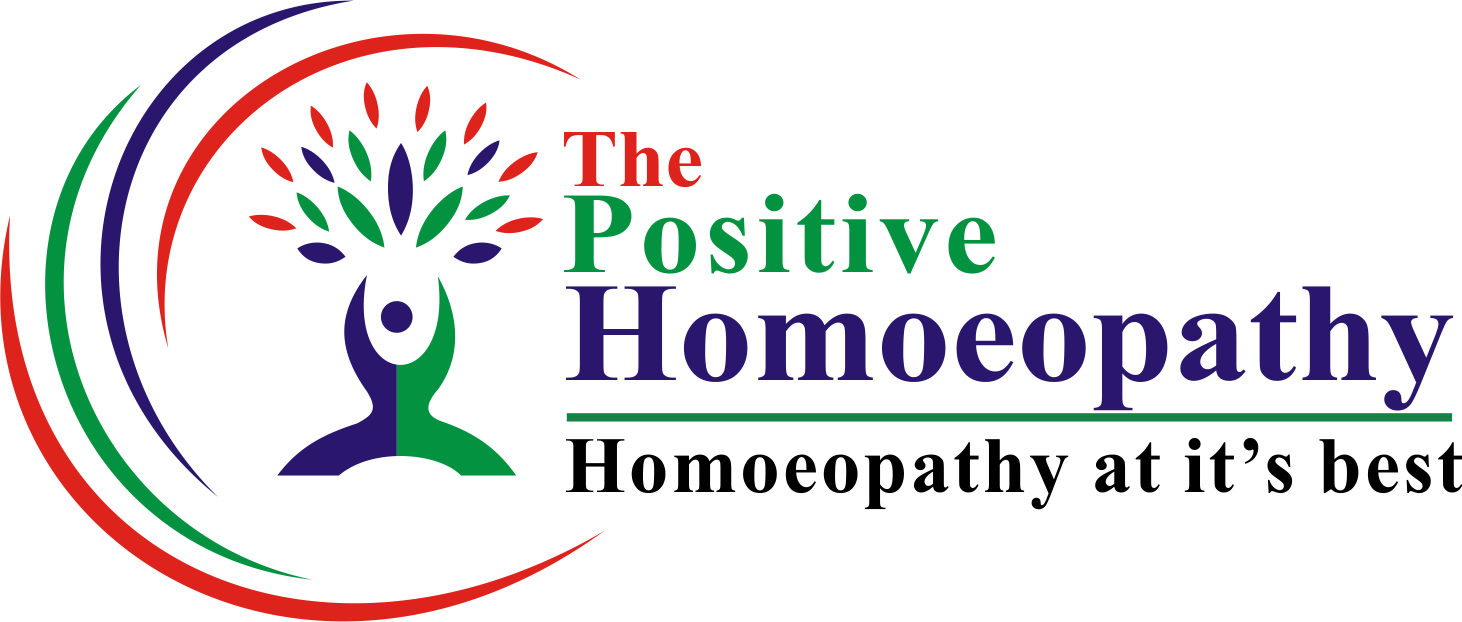BREAST CANCER
Like all forms of cancer, breast cancer is made of unusual cells that grow out of control. Breast cancer usually begins either in your glands that make milk (called lobular carcinoma), or the ducts that carry it to the nipple (called ductal carcinoma). Indications of breast cancer other than a lump may include thickening different from the other breast tissue, one breast becoming larger or lower, a nipple changing position or shape or becoming inverted, skin puckering or dimpling, a rash on or around a nipple, discharge from nipple/s, constant pain in part of the breast or armpit and swelling beneath the armpit or around the collarbone. It is commonly seen that patients are advised surgical removal of the lump, though chances of recurrence remains post-operatively. But there is a therapy, which can cure, in other words dissolve the lump and its recurrence fully by medicine, without any surgical intervention. That science is Homoeopathy.


Compassionate and Holistic Breast Cancer Treatment at The Positive Homeopathy
At The Positive Homeopathy, we understand that a breast cancer diagnosis can be overwhelming — emotionally, physically, and mentally. That’s why we offer a safe, supportive, and effective approach to breast cancer treatment using classical homeopathy, personalized care, and a patient-first philosophy.
Our experienced homeopathic doctors focus on improving your overall well-being while addressing the underlying causes of disease. Homeopathy works gently to strengthen the immune system, reduce tumor growth, manage pain, and relieve the side effects of conventional treatments like chemotherapy and radiation.
Breast cancer types

Invasive Ductal Carcinoma
This form of breast cancer begins in the milk ducts and extends into the surrounding breast tissue. It is the most frequently diagnosed type of breast cancer in the U.S.

Invasive Lobular Carcinoma
Originating in the lobules the glands responsible for producing milk this type can also spread to nearby breast tissue. It ranks as the second most common form of breast cancer in the country.

Ductal Carcinoma in Situ
Like IDC, this cancer starts in the milk ducts, but it remains confined there and does not spread to the surrounding tissue. DCIS is considered a non-invasive or early-stage breast cancer.
Gradation of Breast Cancer
Breast cancer can show up in different ways, and not everyone experiences the same signs. Some symptoms are easy to spot, while others may just seem like unusual changes in the breast’s appearance or feel. In some cases, there may be no symptoms at all. However, when signs do appear, they might include:
- A noticeable change in the size, shape, or outline of your breast
- A lump or swelling that may feel as small as a pea
- A persistent lump or thickened area in the breast or underarm, even during your menstrual cycle
- Changes in the skin of your breast or nipple, such as dimpling, redness, scaling, or inflammation
- A firm, marble-like area beneath the skin
- Unusual nipple discharge that may be clear or tinged with blood
What Causes Breast Cancer?
Breast cancer begins when cells in the breast undergo abnormal changes and start growing uncontrollably, forming a tumor. While the exact cause of this cellular mutation isn’t fully understood, researchers have identified several risk factors that can increase the likelihood of developing breast cancer. These include:

Family History
Having close relatives such as parents, siblings, or children who have had breast cancer raises your risk.

Genetics
Around 15% of breast cancer cases are linked to inherited gene mutations, particularly in the BRCA1 and BRCA2 genes.

Smoking
The use of tobacco products has been associated with various cancers, including breast cancer.

Alcohol Consumption
: Studies suggest that regular alcohol intake can increase breast cancer risk.

Radiation Exposure
A history of radiation therapy, especially to the chest, neck, or head, may elevate your risk.

Replacement Therapy
Using HRT has been linked to a higher chance of developing breast cancer.
Why Choose The Positive Homeopathy for Breast Cancer Treatment?
- Holistic Approach: Treats the person as a whole — not just the tumor
- Minimizes Side Effects: Reduces nausea, fatigue, hair loss, and other side effects of conventional therapies
- Boosts Immunity: Strengthens the body’s natural defense system
- Non-Invasive & Gentle: Completely safe and without harmful effects
- Emotional & Mental Support: Helps manage anxiety, fear, and depression associated with cancer
Our Treatment Plan Includes

Detailed Case Analysis
We study your medical history, cancer stage, physical and emotional symptoms, and lifestyle.

Individualized Medicines
Each prescription is tailored to your specific condition — no one-size-fits-all.

Continuous Monitoring
Regular checkups to monitor progress, adjust medicines, and provide emotional support.

Integrative Care
Our treatment can be taken alongside conventional therapies for improved outcomes.
Homeopathy for Every Stage of Breast Cancer
Whether you’re at the early stage or undergoing chemotherapy or recovering post-surgery, our homeopathic treatment can provide support, symptom relief, and a better quality of life.
Consult Our Experts Today
If you or your loved one is looking for a natural, effective, and supportive breast cancer treatment, reach out to The Positive Homeopathy. Our compassionate team is here to walk with you every step of the way.

